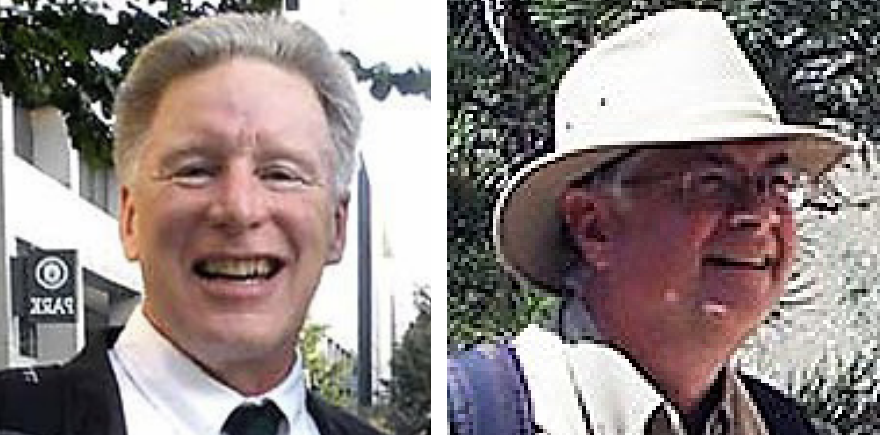
DISCIPLINE: Field Courses
COURSE LENGTH: 4 Days
CEUS: 3.2
AVAILABILITY: In-House
ATTEND AN UPCOMING CLASS:
Contact SCA’s Training Department at training@scacompanies.com to schedule an In-House field course.
WHO SHOULD ATTEND: Geologists and Engineers who need to characterize and understand fracture systems and their effects on reservoir permeability, who need to be able to differentiate between natural and induced fractures in cores, and who would like to be able to predict the effects of lithology on fracturing. Geoscientists who want to gain an understanding of fracture permeability as it is controlled by the in situ stress system, and of the interaction of natural fractures with hydraulic stimulation fractures, as well as the important differences between extension and shear fractures in controlling individual fracture permeability and fracture network interconnectivity.
COURSE DESCRIPTION: This field trip in the area around Casper, Wyoming examines shear and extension fractures and fractures that are and those that are not related to folding on basement-cored, Laramide anticlines. The trip includes access to the heart of the Alcova Anticline and Freemont Canyon via a pontoon-boat excursion, for a comparison between highly fractured strata on the anticline to less fractured equivalent strata found off structure. Fold-related fractures can also be examined at Emigrant Gap, at Teapot Dome, and the Salt Creek and Beer Mug anticlines. Excellent outcrops of the Mancos, Frontier and Mowry shales in the Alcova Lake area allow characterizations and comparisons of the significantly different fractures in these two lithologically and mechanically dissimilar shales. Fractures in the Madison and Alcova carbonates and the Tensleep sandstones and dolomites will provide a background for discussion of fractures related to structure and mechanical stratigraphy. Fractures in the Niobrara limestones can also be examined east of Casper. Outcrop fractures in the Casper area will be observed in granites, carbonates, sandstones and shales. Fractures related to faulting, and the relationship between basement fractures faults and the fractures in overlying sedimentary strata will be a focus. Included in the two-day associated lecture is a 65-piece teaching collection of natural and induced fractures in core that students will work with during class exercises.
LEARNING OUTCOMES:
- This is a hands-on field trip and classroom experience.
- The student will obtain insights into fracture mechanics and the origins of fractures, and use those concepts in a very applied sense to instill an understanding of natural fractures and their potential effects on reservoirs.
- Attendees will learn to differentiate fractures by type and the effects of these different fracture types on reservoir permeability, and what fracture types to expect in different structural domains and reservoirs, through discussion on the outcrop.
- Attendees will obtain an understanding of the interactions between natural fractures, in situ stresses, and stimulation fractures.
- Students will come away from the course with an appreciation of the wide range of structures that fall under the basket term “fracture”, and an understanding that different fracture types do not have the same effect on hydrocarbon reservoirs.
COURSE CONTENT:
Day 0
- Arrive in Casper, Wyoming
- Classroom: Safety briefing, and Field Trip Overview
- Overnight: Casper, WY
Day 1
- Classroom: Beginning of the three-part short course “Naturally Fractured Reservoirs”, starting with “Understanding Natural Fractures”
- Overnight: Casper, WY
Day 2
- Classroom: Remaining two classroom modules “Evaluating Natural Fractures” and “Fracture Effects on Reservoirs”
- Overnight: Casper, WY
Day 3
- Field: Pontoon boat excursion on Alcova Lake through Fremont Canyon and through the heart of Alcova Anticline to view fractures related to structure and lithology
- Field: Outcrops in the Alcova Lake area, field exercises and discussions of fractures in various Paleozoic thru Cretaceous age lithologies including but not limited to the Mancos Shale, Frontier Formation, Mowry Shale, Lakota Conglomerate, Morrison Formation, Sundance Formation, Alcova Limestone, Tensleep Sandstone, and Madison Group Carbonates
- Overnight: Casper, WY
Day 4
- Field: Casper Mountain outcrops of Precambrian granites, and Paleozoic carbonates and sandstones
- Field: Emigrant Gap Anticline and its intersection with Casper Mountain
- Field: If time allows – either Salt Creek Anticline, Beer Mug Anticline, or Flat Top Anticline
- Class: Closing discussion and summary
- Overnight: Casper, WY
Day 5
- Depart
Course Outline: Naturally Fractured Reservoirs
Section 1: Understanding Fractures
- A. Fracture types and variability
- Introduction
- Extension fractures
- Shear fractures
- Deformation bands
- Fractography
- Compound fractures
- Mineralization
- Fracture corridors and domains
- Faults
- Extrapolating from the surface to the subsurface
- B. Fracture Mechanics
- Contraction fractures
- Lithologic mismatches and bedding-plane tractions
- Extension fractures in flat-lying strata
- The important effects of pore pressure
- Shear fractures
- Dynamically compatible fractures
- Fractures in limestone vs. fractures in sandstone
- Fractures in resource-play shales
Section 2: Evaluating Fractures
- C. Fractures in core: natural fractures
- Distinguishing natural from induced fractures in core
- Drilling-induced fractures
- a. Using drilling-induced fractures
- Other induced fractures and artifacts
- Measuring fractures and artifacts
- Collecting fracture data from core
- Core fracture data analysis
- D. Image Logs
Self-paced Exercise: Natural and Induced Fractures in Core: A teaching collection of 65 labeled samples, including self-study guide
Section 3: Managing Fractures
- F. Fracture Effects on Reservoirs
- 1. Permeability enhancement and anisotropy
- 2. Permeability baffles and barriers
- 3. Dynamic fracture permeability
- 4. Corridors and sweet spots
- 5. Interactions between stimulation fractures and natural fractures
- 6. Nuclear stimulations
- 7. Summary
